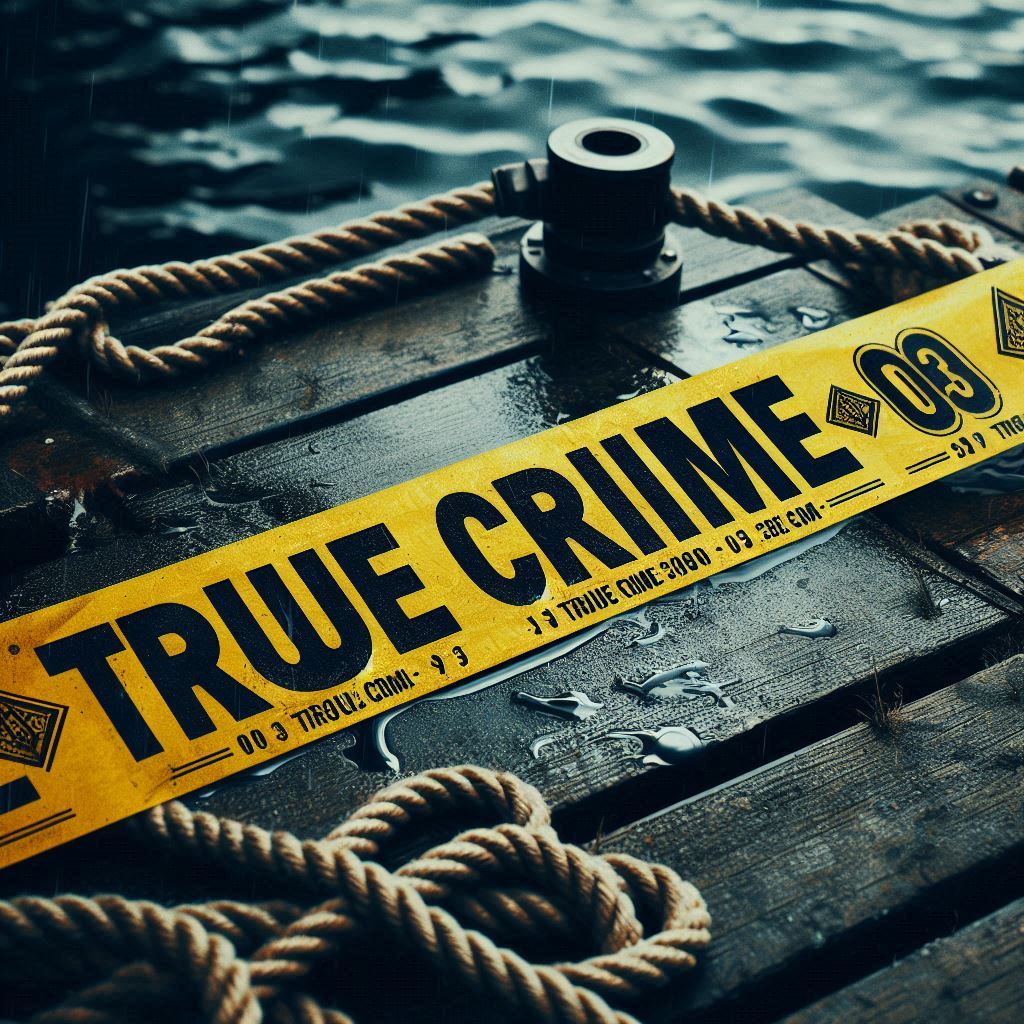Child abduction shakes us to the core, tapping into primal fears about safety and innocence lost. You see, the perception of this crime has been a roller-coaster ride through history, influenced by media, social changes, and evolving legal systems.
Take the Charley Ross case of 1874—one of America’s earliest ransom kidnappings. It was a slap in the face for the nation, a revelation that children weren’t invulnerable. Newspapers of the time feasted on this unsettling news, setting the stage for the media frenzy we still see today.
As we leaf through history’s pages, cases like the Lindbergh baby kidnapping emerge as media spectacles. They weren’t just tragedies but reflected a society glued to headlines. The media pivoted the narrative around these crimes, fueling both awareness and panic. It was an era where news could make or break perceptions about safety.
Dive into something more psychological with the Leopold and Loeb crime. This wasn’t just a test of wit for two young men—it put the insanity plea on the map in a big way. Society had to grapple with understanding the minds that could commit such acts.
Seeing an abduction like Gloria Vanderbilt’s through historical lenses reveals a lot about family dynamics and gender norms. The ‘poor little rich girl’ saga was less about family ties and more about how custody and divorce were being dragged into the limelight.
Fast forward to missing children like Etan Patz and Jacob Wetterling, and what do you find? A burgeoning industry of non-profits and businesses trying to protect and insure against the unthinkable. These cases stir foundations, tap into communal paranoia, and even spark products aimed at anxieties about child safety.
In unraveling these narratives, one can’t ignore the evolution of response. From panic to advocacy, America’s faced each child abduction with a growing complexity of emotion and action. Every missing child amplifies a national dialogue about protection, responsibility, and reflection.
So, what’s the takeaway as we explore these heart-wrenching tales? Each story isn’t just about a single crime. It’s a spotlight on who we are as a society, revealing our collective fear, hopes, and the mechanisms we build to keep our kids safe. https://amzn.to/40Zw2C4
Some of the links on this website are affiliate links, meaning, at no additional cost to you, I may earn a commission if you click through and make a purchase. Please note that I only recommend products or services that I personally use and believe will be beneficial for my readers.











